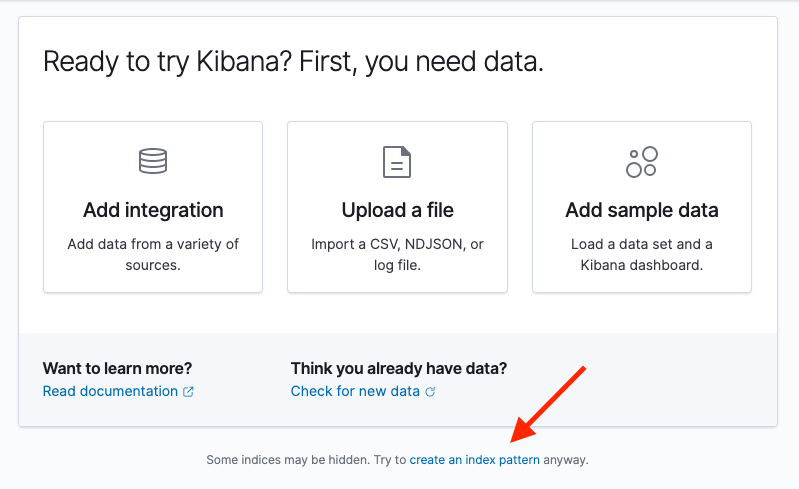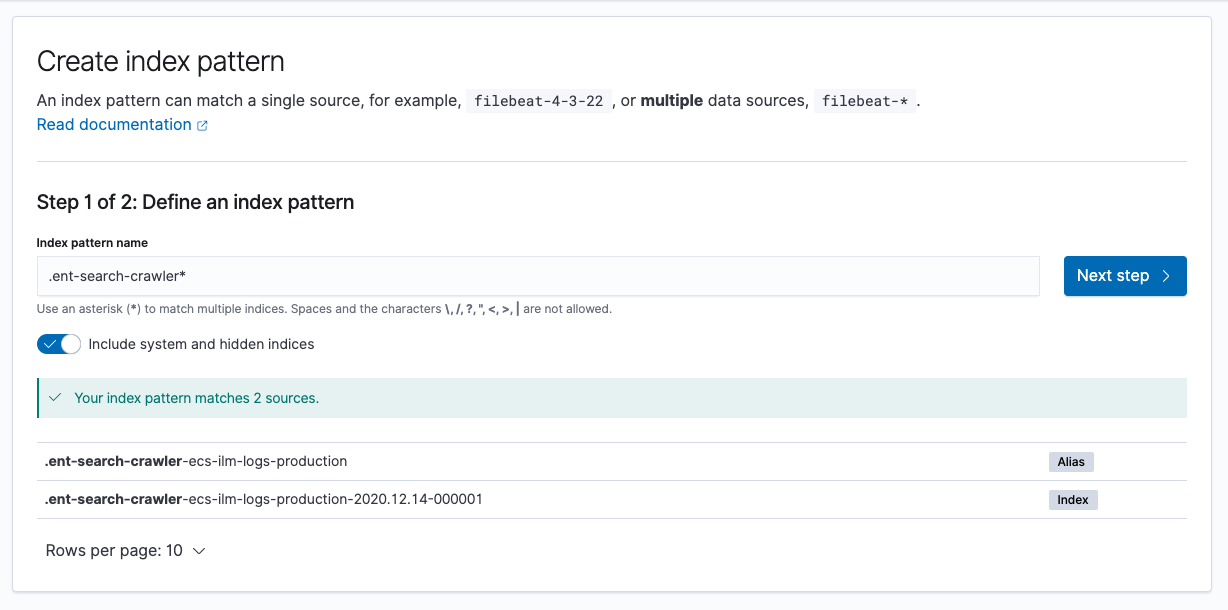- App Search Guide: other versions:
- Installation
- Getting started
- Authentication
- Limits
- Users and access
- Guides
- Adaptive relevance events logs reference
- Analytics Tags
- Crawl web content
- Crawl a private network using a web crawler on Elastic Cloud
- Curations
- Facets
- Hierarchical Facets
- Indexing Documents
- Language Optimization
- Log settings
- Meta Engines
- Precision tuning (beta)
- Query Suggestions
- Search UI
- Relevance Tuning
- Result Settings
- Result Suggestions
- Role based access control (RBAC)
- Sanitization, Raw or Snippet
- Search
- Synonyms
- View web crawler events logs
- Web crawler
- Web crawler FAQ
- Web crawler reference
- Web crawler events logs reference
- API Reference
- Adaptive relevance API reference (beta)
- Analytics APIs
- Analytics clicks API
- Analytics counts API
- Analytics queries API
- API logs API
- Click API
- Credentials API
- Curations API reference
- Documents API
- Engines API
- Log settings API
- Multi search API
- Query suggestion API
- Schema API
- Search API
- Search API boosts
- Search API facets
- Search API filters
- Search API group
- Search API precision (beta)
- Search API result fields
- Search API search fields
- Search API sort
- Search API analytics tags
- Search settings API
- Source engines API
- Synonyms API
- Web crawler API (beta) reference
- API Clients
- Configuration
- Troubleshooting
View web crawler events logs
editView web crawler events logs
editApp Search stores its web crawler logs in Elasticsearch. Kibana provides two user interfaces to view these logs: Discover and Logs.
For a complete reference of all events, see Web crawler events logs reference.
View web crawler events logs in Discover
editTo view crawler logs in Discover, you must first configure a Kibana index pattern. If no index patterns have been created, Kibana will automatically direct you to the appropriate page. Otherwise, navigate to Stack Management → Index Patterns via the left sidebar.
Crawler events are logged within the enterprise-search set of system indices, so Kibana will not recognize available data by default.
-
Select Try to create an index pattern anyway at the bottom of the data panel.

-
On the Create index pattern page, toggle the selection for Include system and hidden indices.
Set the index pattern name to
.ent-search-crawler-*-logs*, then continue on to settings configuration.
-
From settings, select
@timestampas the primary time field, and create the index pattern. - Navigate back to the Discover UI, select your newly created index pattern, and you are ready to begin exploring your crawl events in detail!
You will likely want to set up some custom columns in Discover to more easily discern crawl events at a glance.
To add a new column, select an entry from the list of available fields on the left sidebar.
Handy columns for crawler events include crawler.crawl.id, url.domain, url.path, event.action, and http.response.status_code.
View web crawler events logs in Logs
editTo view crawler logs in Logs, you must first configure a source configuration.
- Navigate to Logs UI via the left sidebar, under Observability.
-
Under Settings, specify
.ent-search-crawler-*-logs*as the Log indices index pattern. -
Configure any desired custom columns. A nice place to start is by removing the preset
event.datasetandmessageoptions and addingcrawler.crawl.id,url.domain,url.path,event.action, andhttp.response.status_code.Autocomplete will be available on these columns after the initial source configuration has been applied. You can edit these settings at any time.
- Apply the configuration, navigate to Stream, and you are ready to begin exploring your crawl events in detail!